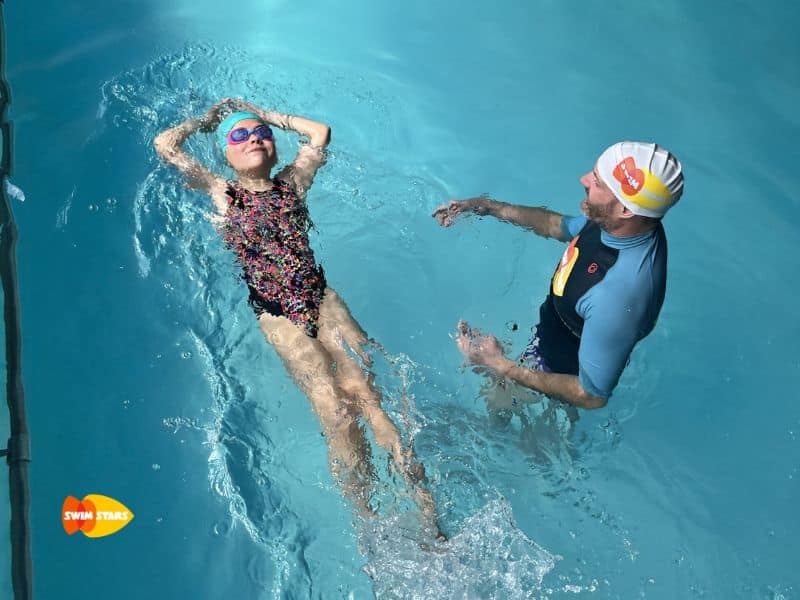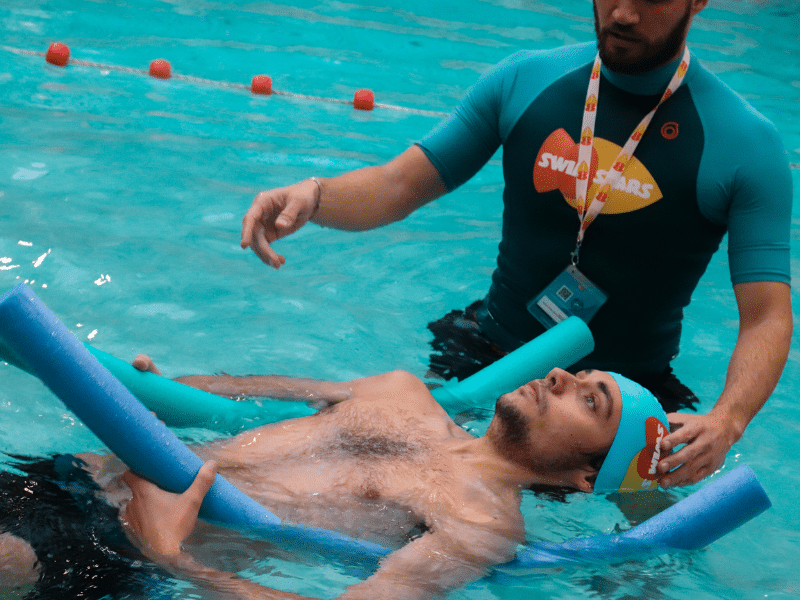It is very important to constantly supervise children when they are swimming, as drowning can occur quickly and silently, even in a small amount of water.
Children at risk and drowning statistics
Children are particularly vulnerable to water hazards because of their size and lack of water safety experience. They can easily fall into the water accidentally, be swept away by the current, or be distracted by an interesting object in the water, such as a floating toy. In addition, children may panic or not know how to react properly to problems in the water. They can tire quickly trying to swim or stay afloat, which can make the situation worse if they are not rescued quickly.
France is no stranger to the devastating effects of drowning. In the last decade alone, frightening statistics have revealed that approximately 400 people die from drowning in France each year. Even worse, nearly 800 children under the age of 15 are reportedly involved in serious or fatal water accidents each year. Fortunately, efforts in recent years to combat drowning have begun to pay off – the number of recorded drownings has dropped from 500 to 400 per year – but officials hope these frightening numbers will continue to decline with new water safety public education measures like Auto-Rescue®.
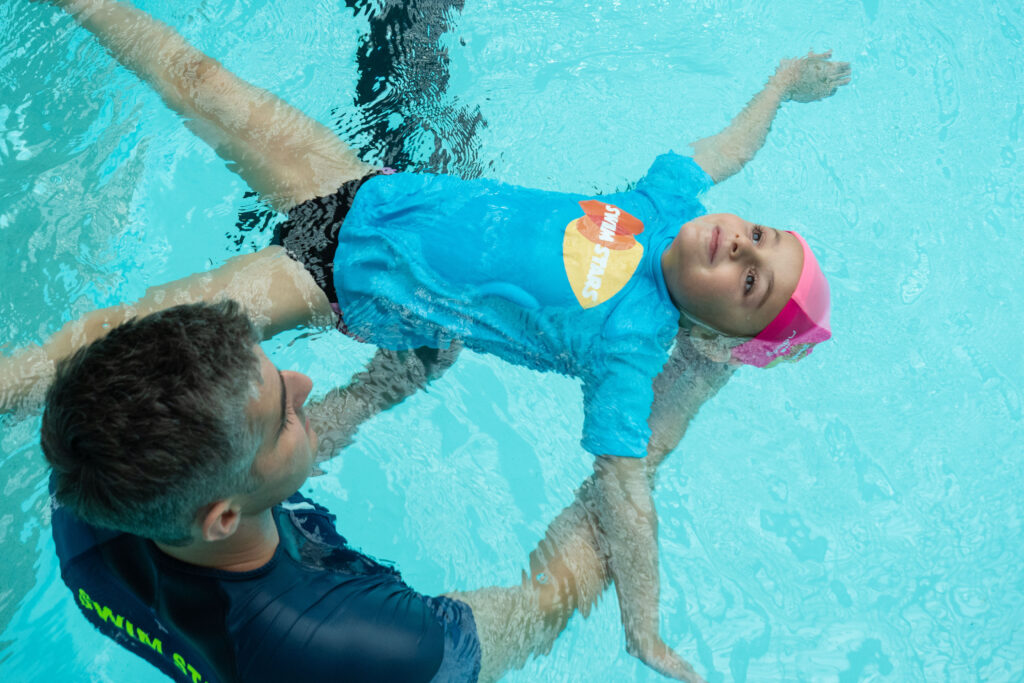
Protect your family from drowning!
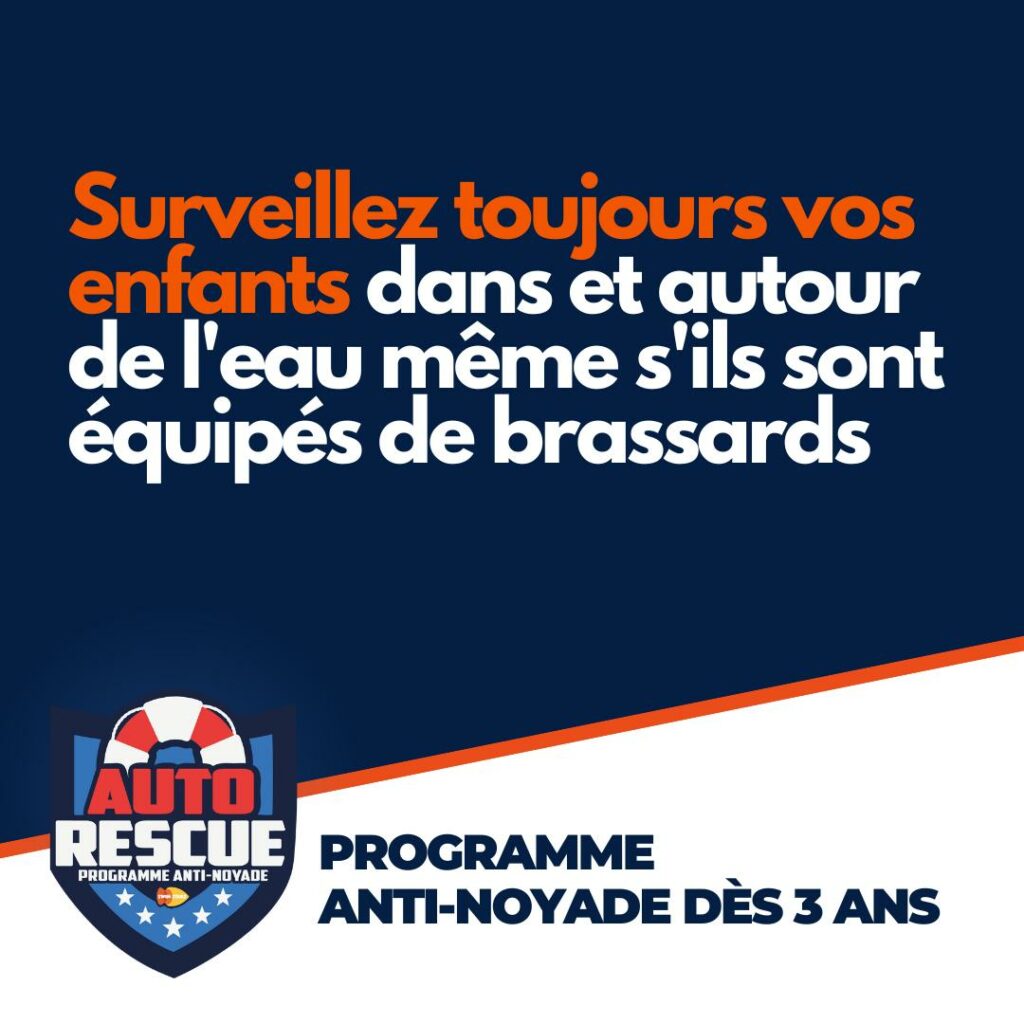
That’s why it’s essential to constantly supervise children when they are swimming, especially in pools, lakes, rivers and beaches. It is also important to take appropriate safety measures, such as using life jackets for children who cannot swim and fencing off water access to prevent children from entering the water unattended. For more advice and information, here is another
article
. How to spot a potential drowning incident and respond quickly to the situation is also very important. Knowing the signs of a potential drowning victim can help you act quickly in an emergency. Look for signs such as struggling, gasping or hyperventilating, inability to keep your head above water, and not responding to the calls of rescuers.
If you witness a potential drowning situation, call for help immediately and get into the water if you do. It’s a good idea for adults and children to learn basic swimming and water safety skills, such as floating on their backs or walking on water. This will help them get out of potentially dangerous situations if they ever find themselves in the water.
The benefits of participating in a drowning prevention program
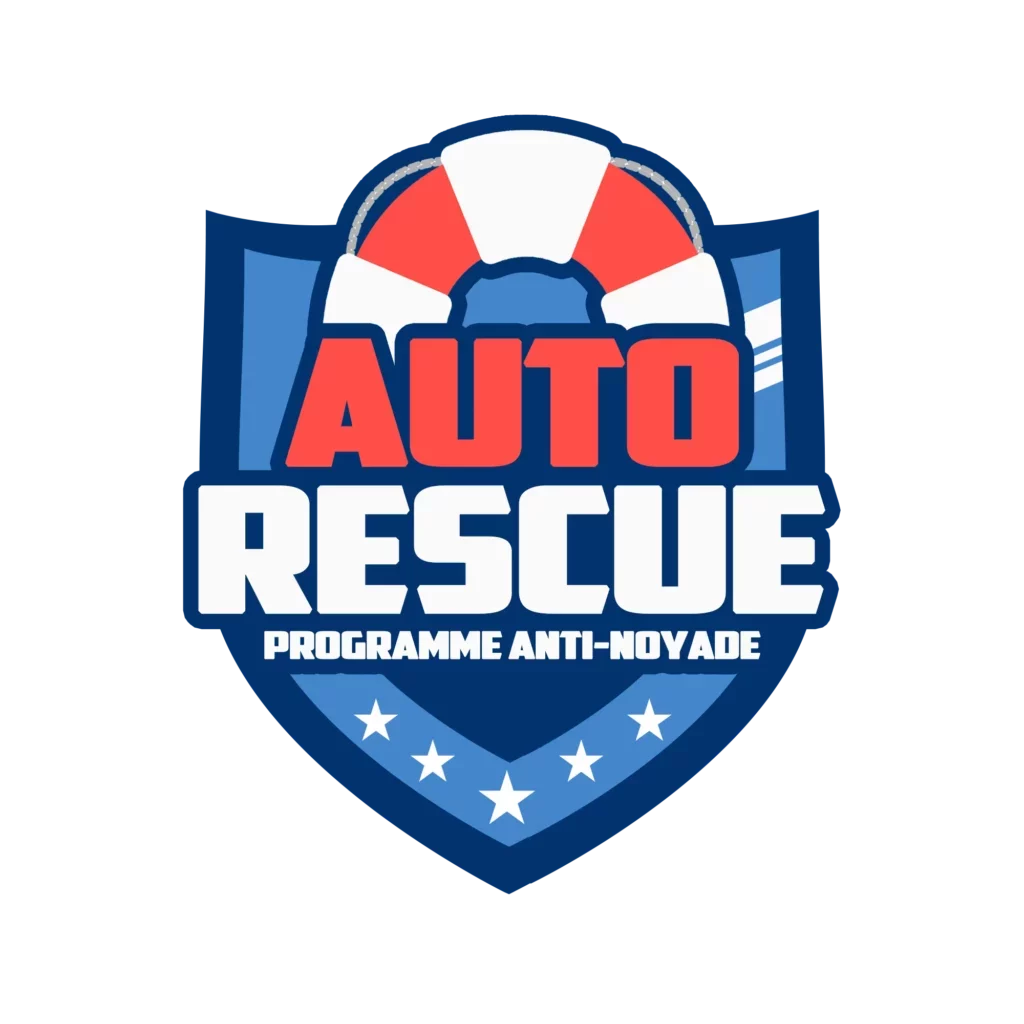
At Swim Stars, education
drowning education
is taken seriously.
Le Parisien
talks about the Auto-Rescue® courses ! Children as young as 3 years old and of all levels can register for the drowning prevention program and receive several 30-minute sessions tailored to their skill level in a small group setting. With an in-water trainer by their side, students will explore essential drowning skills such as breathing, flotation and survival reflexes.
By enrolling in the program, parents can be assured that their children are receiving the guidance and skills necessary to stay safe in any body of water.
In summary, constant supervision of children while swimming is essential to ensure their safety and prevent drowning accidents. Parents and responsible adults must take appropriate safety measures to protect children from water hazards. That’s why programs like
Auto-Rescue®
at
Swim Stars
are so important. Through this course, your children will not only understand safety tips and techniques, but they will also gain a greater appreciation for the aquatic world. So don’t hesitate! Enroll your child in this special drowning prevention course called Auto-Rescue® today. Not only is learning to swim an absolute necessity these days, but it can foster an exciting and adventurous lifestyle that your children will love.
Recent Posts
- At what age can my child start baby swimming?
- Why it’s never too late to learn to swim
- Overcoming aquaphobia: how to effectively overcome fear of water
- The importance of taking swimming lessons from the start of the school year and throughout the year
- Common mistakes made by beginner swimmers and how to avoid them
Facebook
LinkedIn
